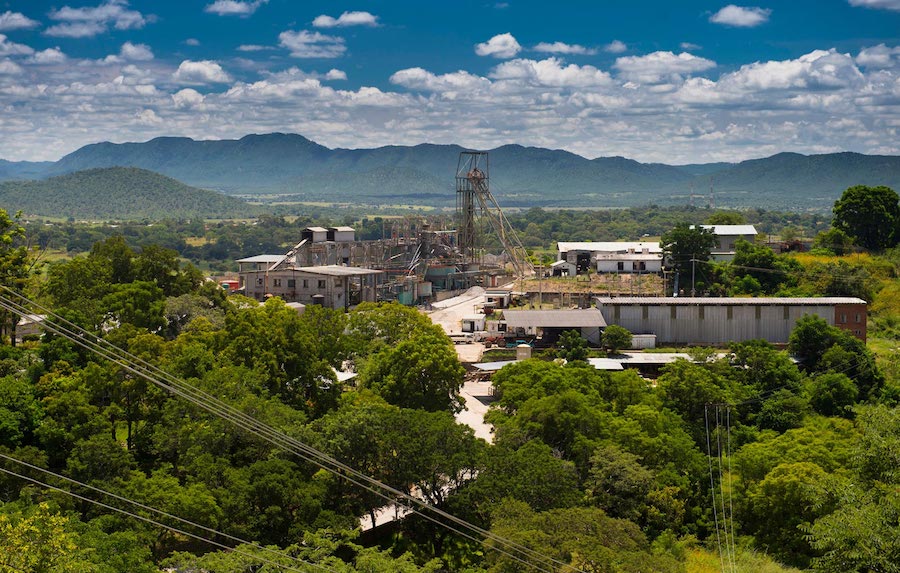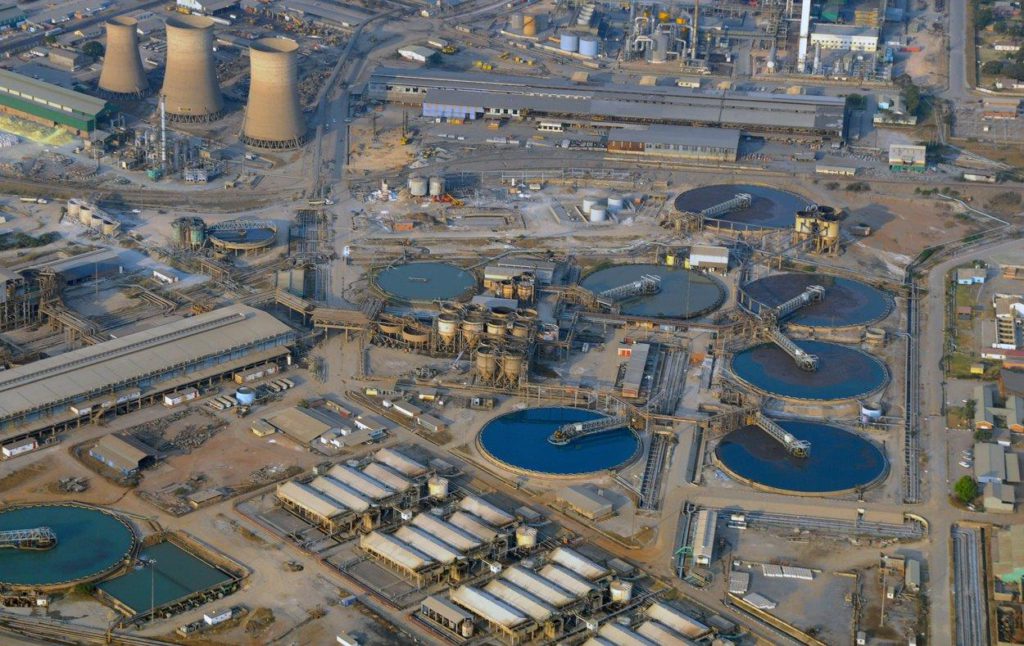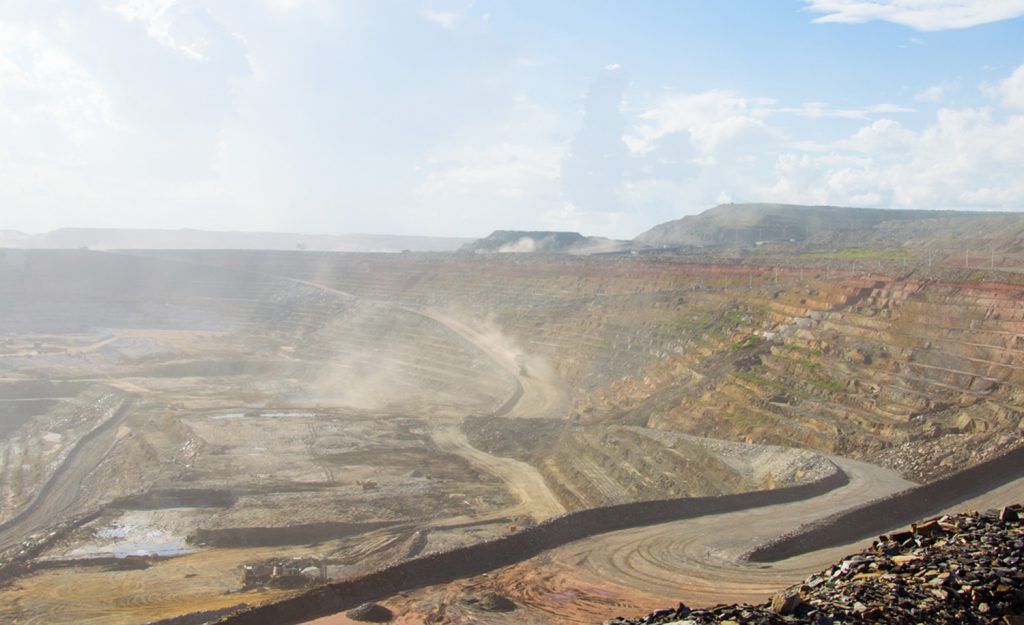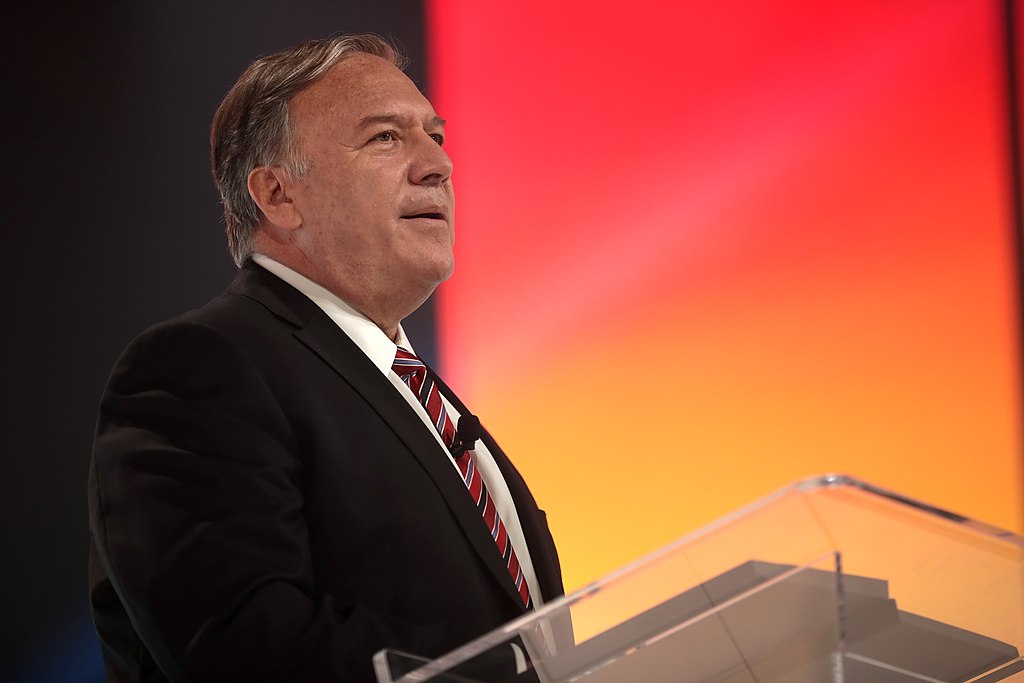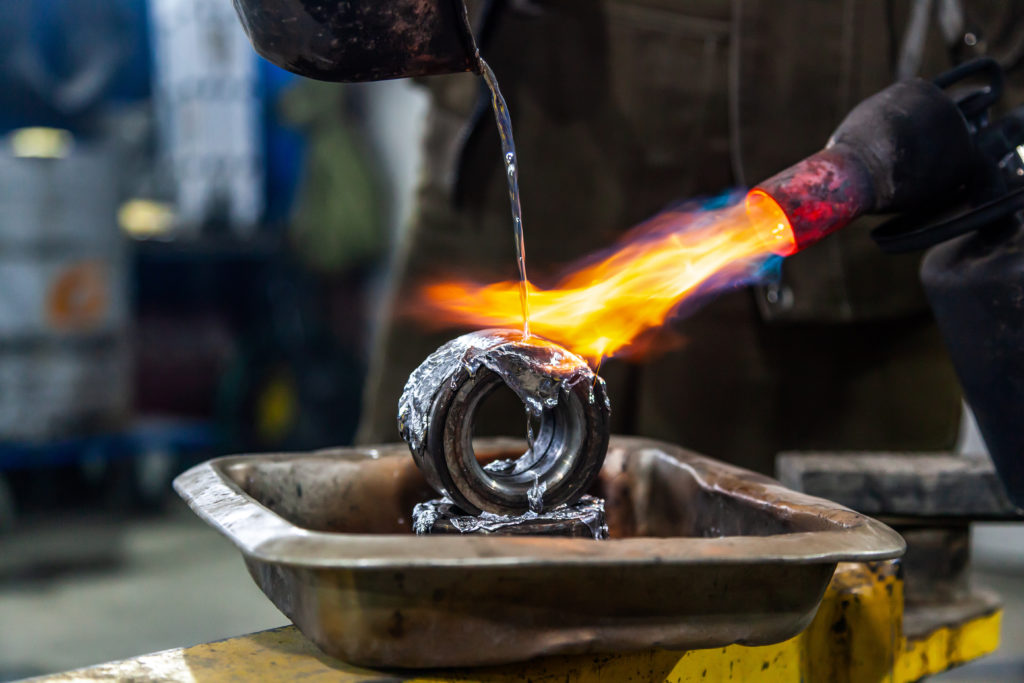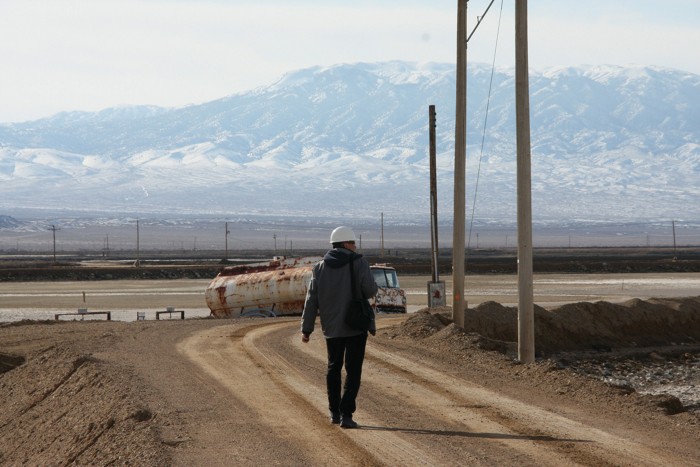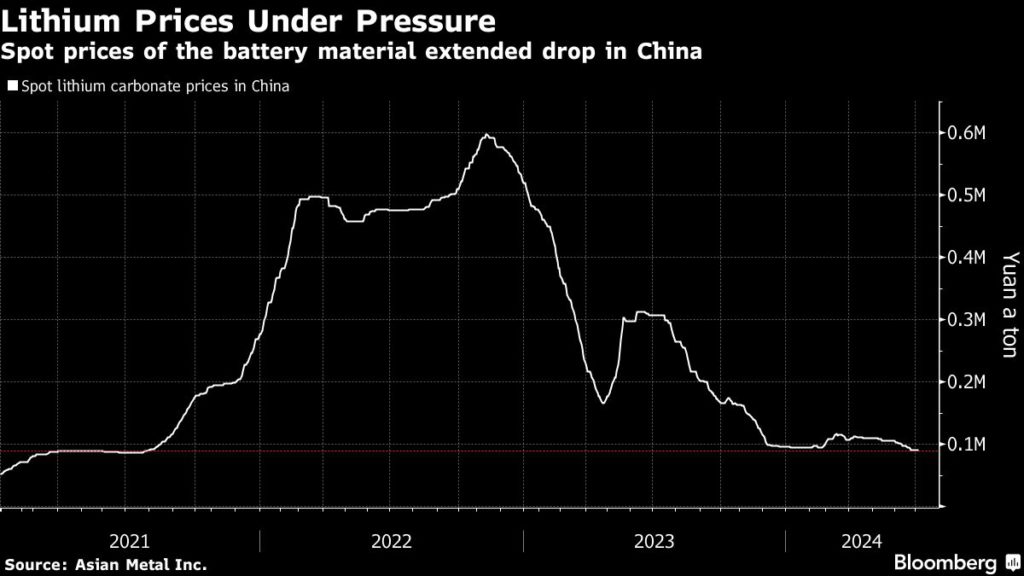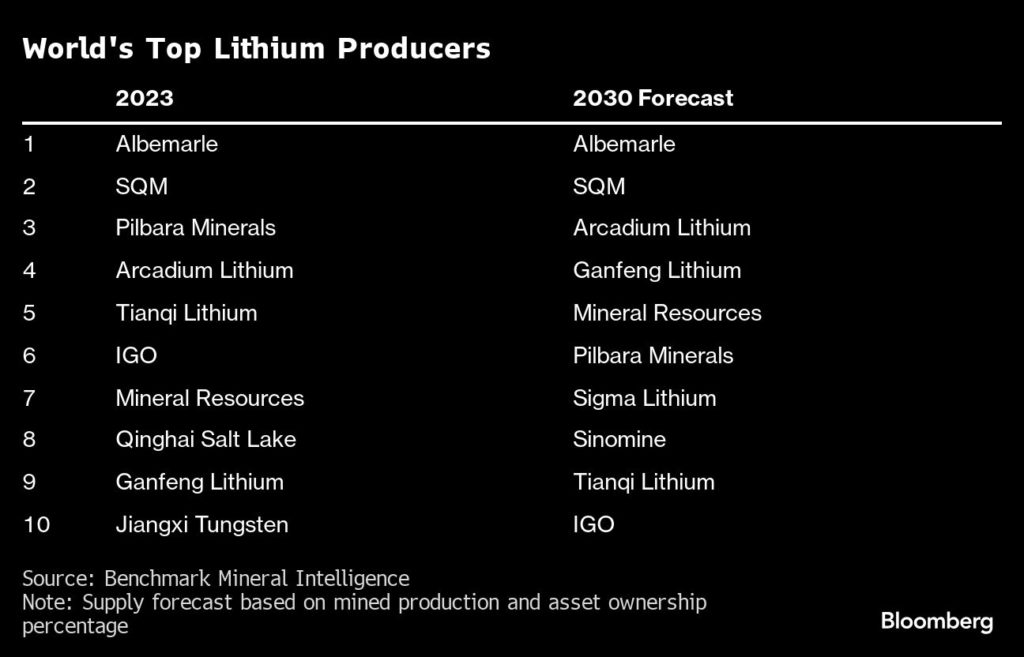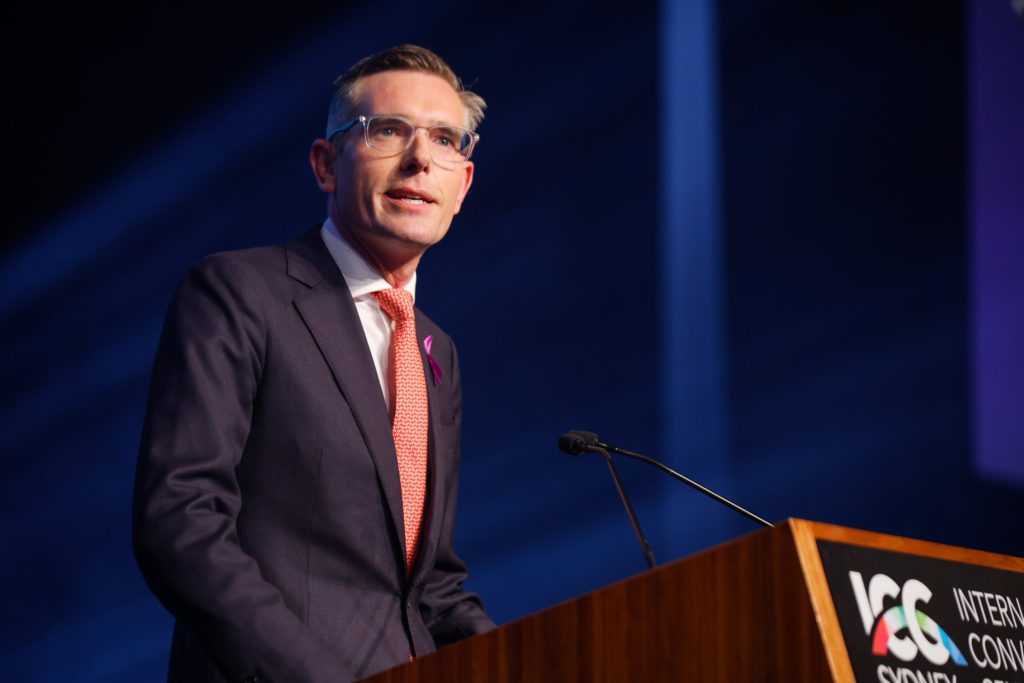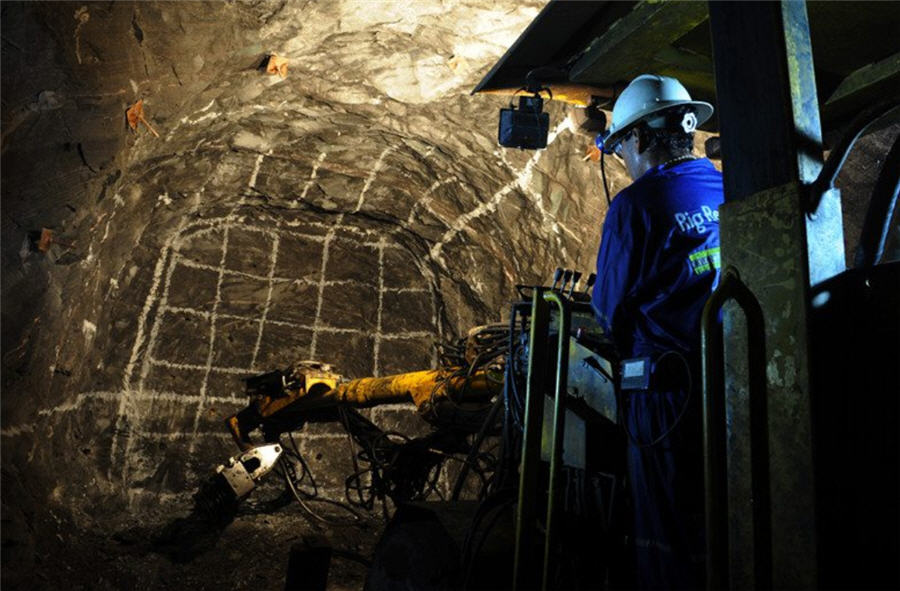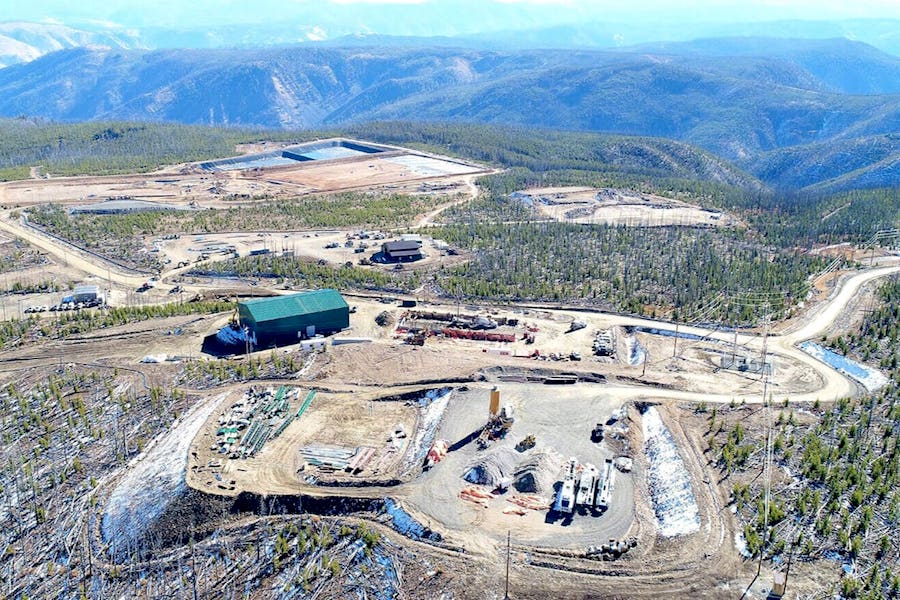Yukon government 'ready to step in' if needed on Victoria Gold mine containment, cleanup
Mining company's storage ponds for contaminated water are already full
The Yukon government says it's ready to step in to "complement or supplement" Victoria Gold's work to contain the massive slide that took place last month at the Eagle mine heap leach facility.
Speaking at a media briefing on Thursday morning, Deputy Energy, Mines and Resources Minister Lauren Haney said the company hasn't shared much information publicly about its work to remediate and contain the spill.
The briefing comes as experts working with the First Nation of Na-Cho Nyäk Dun are sounding the alarm on the level of cyanide contamination at the mine site.
"It is very unfortunate and frankly unhelpful that the company has been so silent in general and specifically around the actions that they are taking on site," Haney said.
She said the government has been meeting regularly with Victoria Gold and receiving updates on its work.
"We've learned a lot more about what they are doing at site ... they're diverting water, they're collecting it," she said.
"That's not to say it's enough," she added.
Containment ponds full
Energy Mines and Resources Minister John Streicker said the mine's containment ponds for contaminated water from the slide are already full.
As a result, Victoria Gold has started recirculating contaminated water back onto the heap, Streicker said.
Haney also said the mine's water treatment facility is currently unable to treat the contaminated water.
"We are looking at all the scenarios right now and one of the scenarios is taking over activities at the site," Haney said.
Last week, Victoria Gold warned it might not have the money to remediate the impacts of the heap leach failure — or even reopen.
No elevated levels of cyanide in recent water samples
Daily water samples are also being taken at the site and being sent to a lab in British Columbia. Results take anywhere from five to seven days to come back.
Samples taken from Haggart Creek earlier last month showed cyanide at a rate of 0.04 milligrams per litre, which Streicker said at the time, "could affect fish."
Water quality samples from Haggart Creek taken on July 4, 5, 8 and 10 did not detect cyanide above current drinking water guidelines, said Tyler Williams, a water resource specialist with the Yukon government.
Samples taken on July 5 and 10 showed detectable amount of thiocyanate, which does not have guidelines for aquatic life, Williams said.
The First Nation of Na-Cho Nyäk Dun also called for a halt to all mining activities on its land, where the Eagle mine currently sits.
"We acknowledge that his is their position," Streicker said, adding that the government is looking at the First Nation's request further.
He said for now, his focus is on protecting people and the environment.


